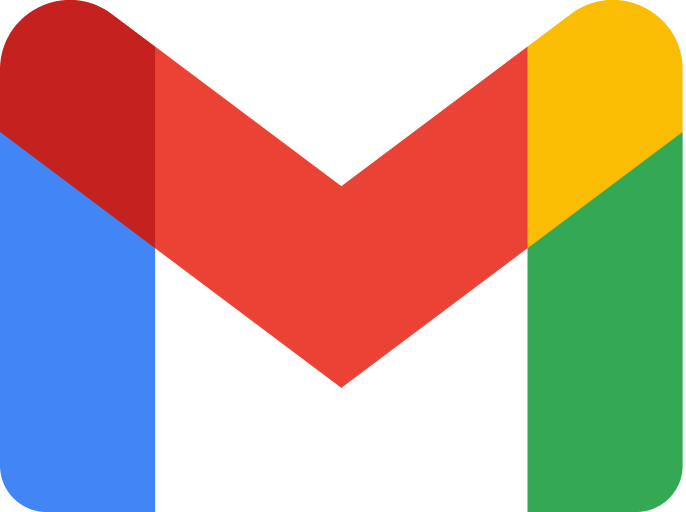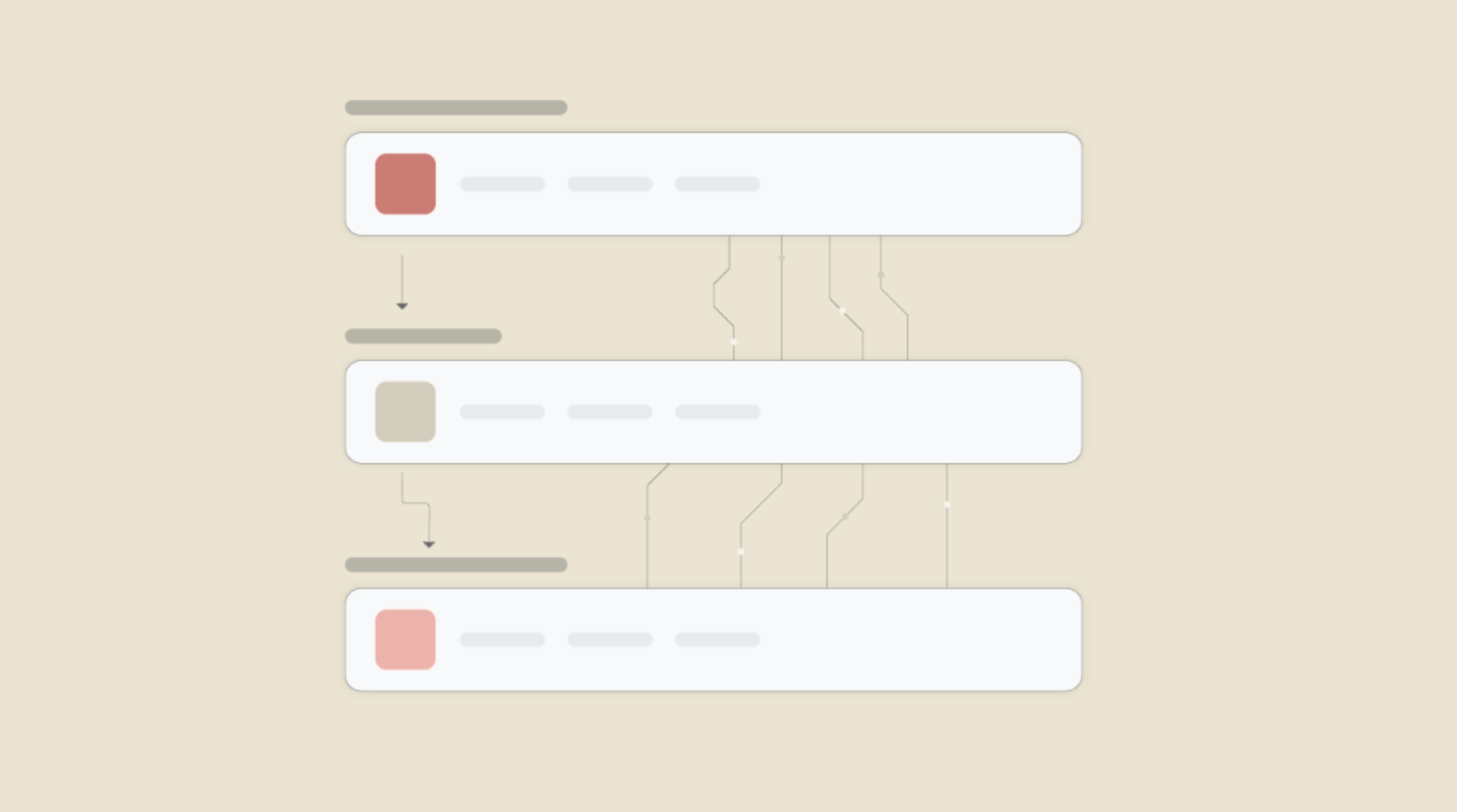Connect Figma and Elastic Path to Build Intelligent Automations
Choose a Trigger

When this happens...
- Request a new Trigger for Figma
Choose an Action

Automatically do this!
- Request a new Action for Elastic Path
Enable Integrations or automations with these events of Figma and Elastic Path
Enable Integrations or automations with these events of Figma and Elastic Path
Actions
Create Comment
Create comment on a file.
Add Comment Reaction
Create a new comment reaction on a file comment.
Delete Comment Reaction
Deletes a specific comment reaction.
Delete Comment
Deletes a specific comment
Explore more automations built by businesses and experts
Automate Instagram Comment Replies with Smart DMs
- text is ai
 ReplytoComment
ReplytoComment Send a Private ReplyAdd Step
Send a Private ReplyAdd Step - Is guide comment
 ReplytoComment Guide
ReplytoComment Guide Send a Private Reply GuideAdd Step
Send a Private Reply GuideAdd Step - multi keyword matchcmntdqJzLMYS
 ReplytoCommentMultiKeywordAdd Step
ReplytoCommentMultiKeywordAdd Step
Automate Expense Report Approvals via Slack & QuickBooks
- Send for Approval accept
 Create Entry of expensesAdd Step
Create Entry of expensesAdd Step - Send for reject
 Mail for RejectionAdd Step
Mail for RejectionAdd Step
Automate Instagram DM Replies, Reactions, and Team Alerts
- has response
 SendDMMessageAdd Step
SendDMMessageAdd Step - Notify team
 SendMailAdd Step
SendMailAdd Step - has react
 SendDMMessage ReactAdd Step
SendDMMessage ReactAdd Step
Know More About Figma and Elasticpath Integrations

How viaSocket Works | A Complete Guide
Gain insights into how viaSocket functions through our detailed guide. Understand its key features and benefits to maximize your experience and efficiency.

5 Simple Automation Hacks to Make Your Team Free
Unlock your team's potential with 5 straightforward automation hacks designed to streamline processes and free up valuable time for more important work.

What is Workflow Automation - Definition, Importance & Benefits | A Complete Guide
Workflow automation is the process of using technology to execute repetitive tasks with minimal human intervention, creating a seamless flow of activities.
Frequently Asked Questions
To start, connect both your Figma and Elastic Path accounts to viaSocket. Once connected, you can set up a workflow where an event in Figma triggers actions in Elastic Path (or vice versa).
Absolutely. You can customize how Figma data is recorded in Elastic Path. This includes choosing which data fields go into which fields of Elastic Path, setting up custom formats, and filtering out unwanted information.
The data sync between Figma and Elastic Path typically happens in real-time through instant triggers. And a maximum of 15 minutes in case of a scheduled trigger.
Yes, viaSocket allows you to add custom logic or use built-in filters to modify data according to your needs.
Yes, you can set conditional logic to control the flow of data between Figma and Elastic Path. For instance, you can specify that data should only be sent if certain conditions are met, or you can create if/else statements to manage different outcomes.
About Figma
Figma is a collaborative interface design tool that allows teams to create, prototype, and share designs seamlessly. It is widely used by designers and developers to work together in real-time, making the design process more efficient and effective.
Learn MoreAbout Elastic Path
Elasticpath is a leading provider of headless commerce solutions, enabling businesses to create highly customizable and scalable eCommerce experiences. With Elasticpath, companies can seamlessly integrate commerce capabilities into any digital touchpoint, providing a flexible and dynamic shopping experience for their customers.
Learn More


